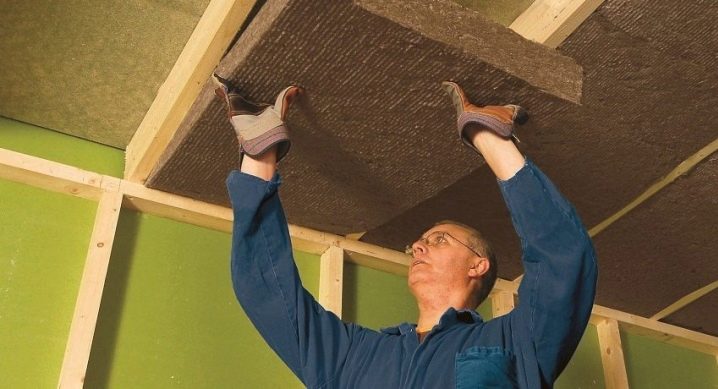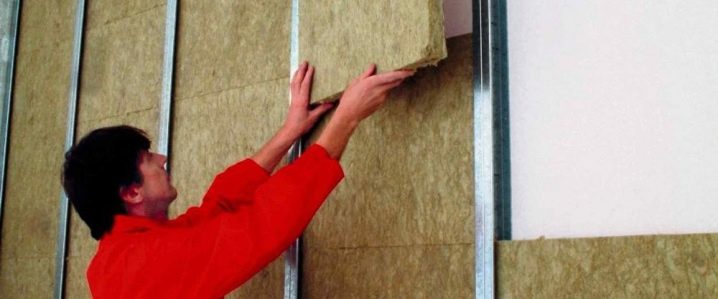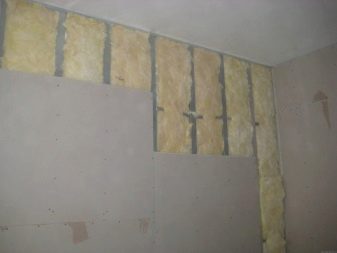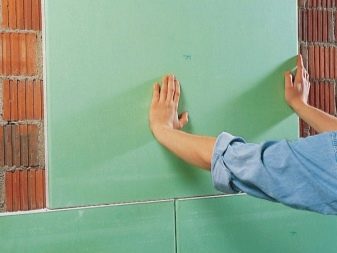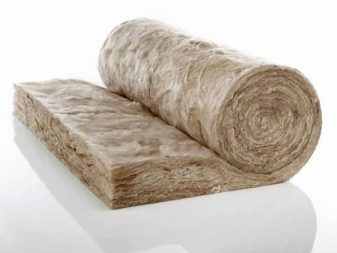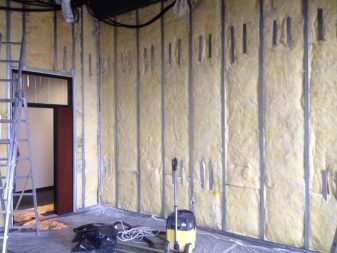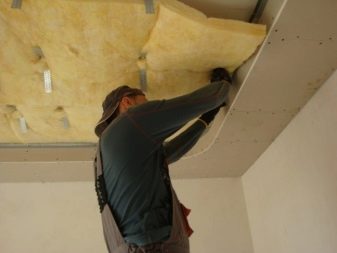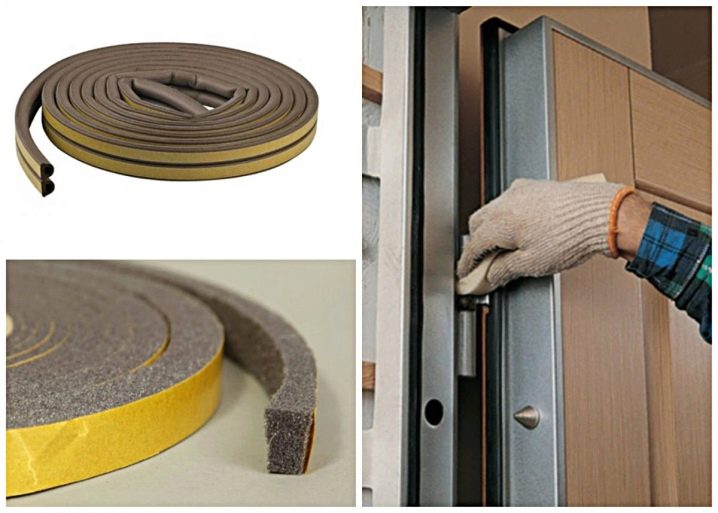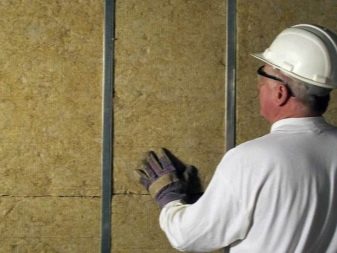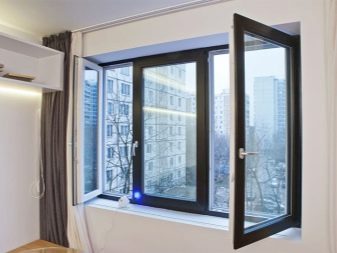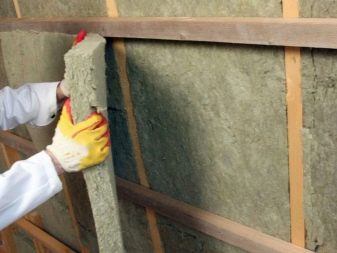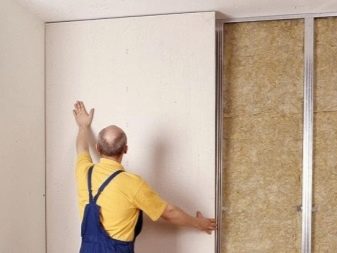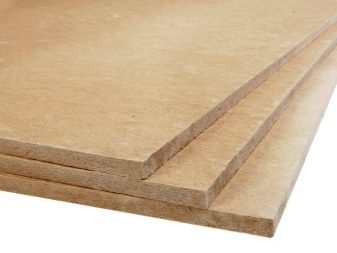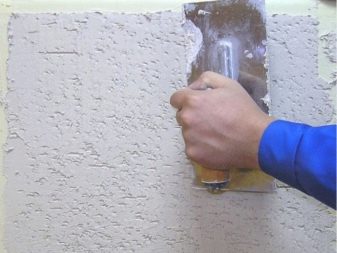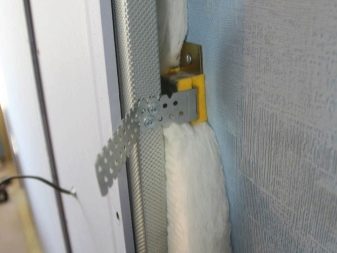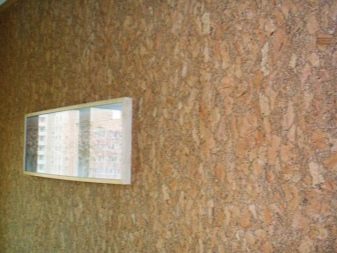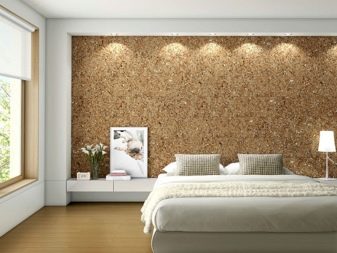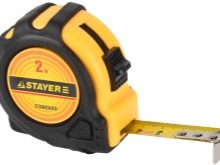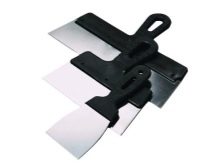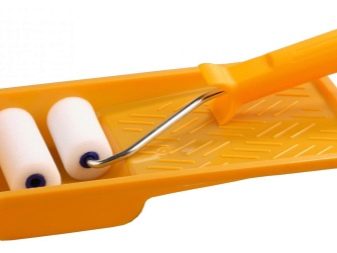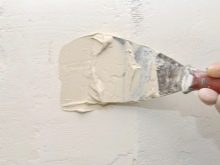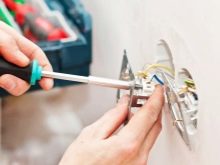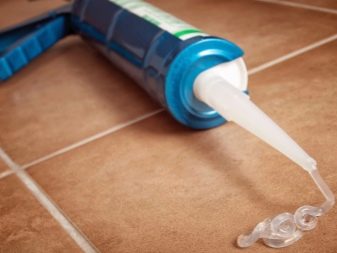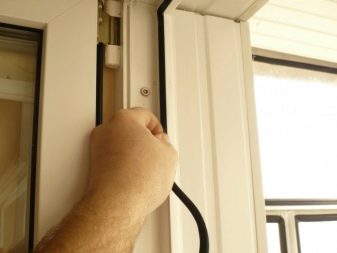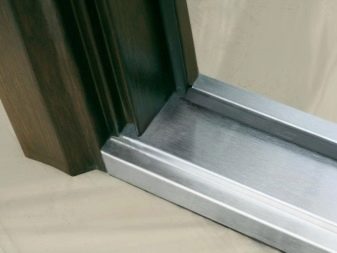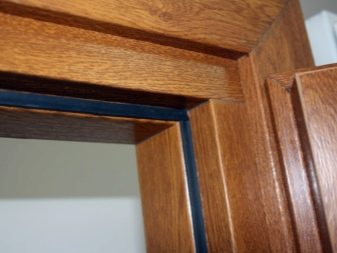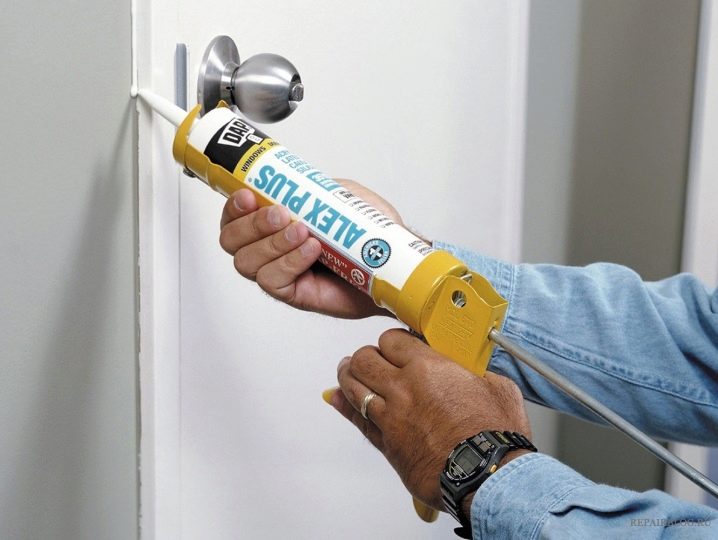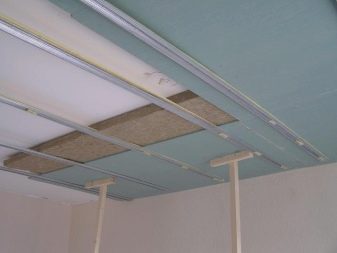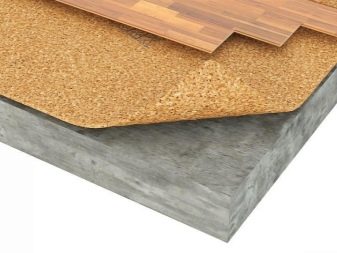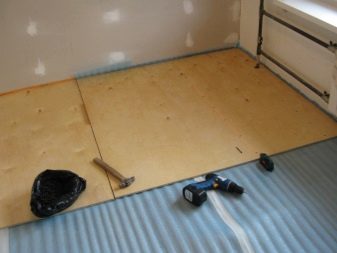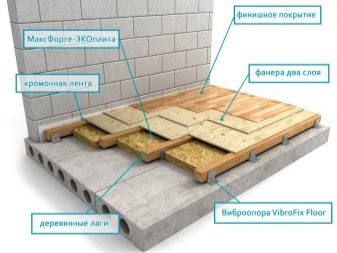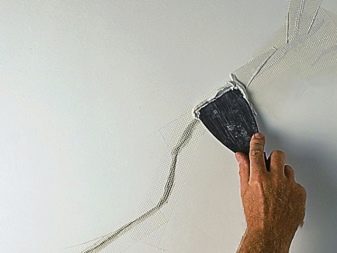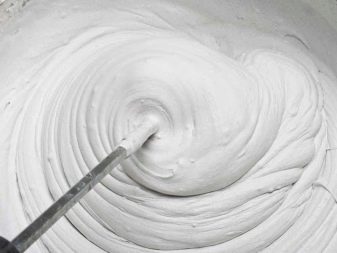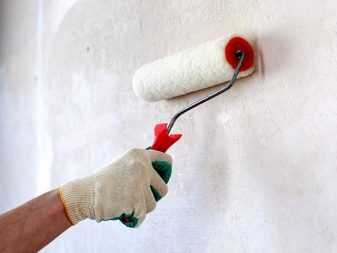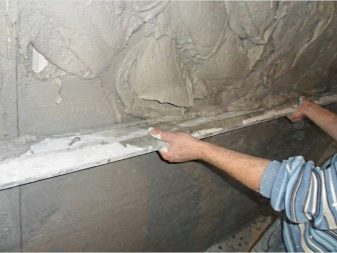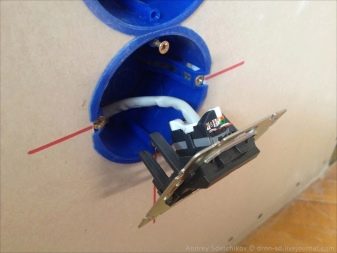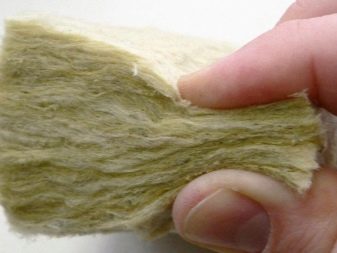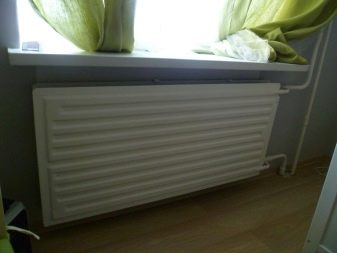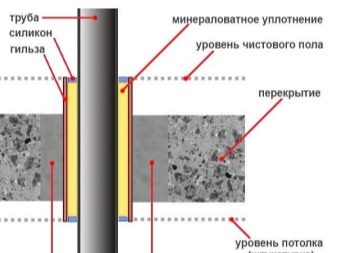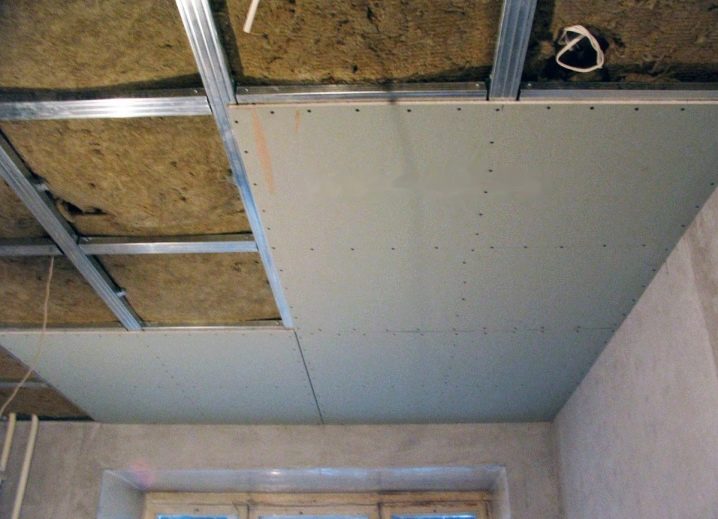How to make sound insulation?
In the modern world, where there is a huge amount of noise sources, many use different means for soundproofing houses and apartments to ensure a healthy sleep.
Special features
Sound insulation is a way to protect against noise and extraneous sounds. Between these concepts, by the way, there is a significant difference. The sound is some kind of wave oscillation in the air. The noise also contains from itself a background cluster of sounds, that is, the voices of people, the sounds of the car, and the like. Soundproofing should protect against both. Fortunately, most materials are able to cope with this task.
In many rooms, walls are initially made thick, and the partitions will be supplemented with a protective coating that does not let in sounds.If this is not the case, then you have to work with this problem, and repair it separately. This also applies to new buildings and old houses.
There are several sound insulation methods:
- Increase wall thickness. This will help get rid of quiet sounds, but it will not save vibrations from noise.
- Build structures consisting of several elements. For example, mineral wool or expanded clay, laid in several layers, will help to cope with this problem.
- Use drywall or wood panels for soundproofing.
In addition, sound insulation can be both full and partial. If it is complete, then sound insulation works are done throughout the apartment, even in the toilet. That is, the walls, the ceiling, the floor, and even the windows and doors are processed. If the insulation is only partial, then the work is carried out only in the living space. Of course, this requires additional funds and efforts, but the result is worth it.
If we consider the doors and windows, they are the biggest obstacle to sound insulation. But the house can not exist without them. In addition, for modern interiors are increasingly buying glass or sliding doors.And they practically have no degree of noise insulation.
But if a person is still going to make an apartment or a house soundproof, then it is necessary to put double doors with a vestibule. But also do not forget that any hole or gap is the source of sound propagation. Therefore, the first thing to do is to get rid of them, even if they are two millimeter cracks. So do not have to redo the repair soon.
Materials
Sound insulation can be done by any means at hand. However, in modern markets you can buy a lot of different materials for sound insulation. This includes cork wallpaper and mineral wool, which, in addition to other positive qualities, also has insulating properties. This is a special plaster that absorbs noise. In addition, you can use soundproof panels.
If the house is equipped with old windows, then they can be exchanged for plastic windows. Where the windows overlook a busy street, you can put a triple glazing.
- Mineral wool. When buying this material, you need to pay attention to the characteristics of sound insulation.It must contain technical parameters. Although mineral wool has the same density and thickness, the degree of absorption of sounds depends on the manufacturer.
- Drywall This material also has good sound insulation. It is best to pay attention to modern materials, which, although thin, have a good degree of absorption of sounds.
- Plates of isoplat. Such material appeared on the markets not so long ago, however, he managed to gain huge popularity for himself. Heat and sound insulating plates are a type of fiberboard, but their thickness is much greater. They may be twelve or twenty five centimeters thick. And, accordingly, their sound insulation coefficient is equal to twenty-three and twenty-five decibels. This means that the noise level will drop four to five times. In most cases this will be enough.
A plate of isoplatas is made from waste wood, ground into dust and compressed under very high pressure. In this process, an adhesive is released that is contained in the fibers of the wood, which serves as a binder.
- Plaster. With it, you can seal the various cracks and cracks through which the sound passes.And also it is suitable for embedding various communications. The composition of the plaster can be any. It will still be better than using mounting foam that lets through all sounds.
- Anti-Vibration. Such material is produced with soundproofed protection. It is quite expensive, but the result is worth the money spent. This is one of the most common ways.
- Cork wallpaper. It has excellent absorbing properties, high environmental friendliness. At the same time such material has a high price.
Required tools
A set of tools depends entirely on what material will be used for insulating. If these are heat and sound insulation plates, for example, then the tool will need the following:
- perforator or ordinary drill;
- hammer;
- for marking you will need a marker or pencil, as well as a tape measure;
- plummet and level;
- Bulgarian or ordinary hacksaw;
- spatulas;
- sandpaper or construction grater.
If cork wallpapers are used for soundproofing the house, then the set will be completely different:
- roller;
- glue;
- stitching roller;
- dowels
Installation
Starting to do installation work, the first thing that is needed is to determine what kind of noise source there is, as well as pick up the material. After that, make an accurate calculation. To do this, determine the following points:
- what is the thickness of the walls and partitions;
- what material the floor, windows and doors are made of;
- are there cracks or even holes in the room;
- what is the height of the ceilings and the square of the rooms.
Then you need to determine what material will be used for sound insulation, and calculate all costs. If you need to invite specialists for installation work, then hourly pay will be added to these costs. But since these works are not very complex, they can be made by hand.
To completely soundproof the entire room, you must perform the following steps:
- replace windows and doors throughout the apartment;
- repair cracks and holes in walls;
- install sockets.
Only after that you can do soundproofing the ceiling, walls and floor.
Window
It is very important to install good glass. Installation work is usually performed by workers who are engaged in their delivery. After installing the windows it remains only to make the slopes and cleaning.If you only need to replace the glasses, then you need to buy them with a thickness of up to six millimeters.
Before installing them, you need to make a sizing of the place where the glass will be put with the help of sealant. Next you need to push it well in the sash. Then beadings are mounted and excess sealant removed.
The next thing to do is glue the rubber seal. In stores you can buy one that is ideal for this window.
For slopes do not use drywall. Better to do this with cement plaster.
Doors
In order to soundproof doors, you must first dismantle them, isolate the walls where the doors will be installed. The entrance is better to do in the form of a vestibule. At the same time, the entrance door must have an anti-burglar system.
For good sound insulation it is necessary that the doors in the closed position have no gaps. Therefore, the door frames should have a threshold, and the entire perimeter of the porch should have a sealing gasket.
Stitches and cracks
The next step is to seal the seams and cracks. To do this, use a water-based acrylic. Acrylic mass has the ability to fill the space, and also perfectly interact with any building materials.
Ceiling
After processing the seams need to do the ceiling.After all, he also misses the noise. To make a good sound insulation, you need an elastic substrate. Sound insulation is laid on the concrete screed so that part of it is on the walls. This is done in order to weaken the sound. On top of it, you can set the usual floor. As you can see from this, in order to make soundproofing of the ceiling, it is necessary to isolate the floor screed and walls, which can transmit noise along the chain.
The most common material used for the substrate is polyethylene foam and technical cork. The first - has an affordable price, the second - good quality. And also suitable for this glass or polymer fiber.
If the noise level is very high, then you can use a suspended or hemmed ceiling, the fasteners of which are made of plasterboard. The space formed between the material and the tie can be filled with a sound absorber.
Floor
Noise floor is not very different from the ceiling. You need to install plastic supports on the floor and fill the space between them with any sound-absorbing material. If you fully comply with these rules, then for finishing the floor, you can use any material.It can be tile, and linoleum, and even laminate.
Walls
The first thing to do is check the integrity of the walls. If there are any holes, you need to fix them. To do this, the gaps are covered with plaster. And also it is necessary to make installation of sockets and seal up the slots after their installation.
Plastering walls will be the most affordable soundproofing option. To do this, you can purchase dry plaster. To dilute it to the consistency of thick cream, it will be enough to add one liter of water to two liters of plaster.
Then the walls must be cleaned and made treatment primer. It is better to do this not in one layer. At first adhesive plaster, and then usual. Next are installed beacons. They set the required thickness of the plaster. Then, plastering, leveling are carried out and, after drying, painting or glueing the wallpaper is already done.
And also for soundproofing walls, you can use drywall. The technology of installation work is that the frame is mounted on the floor and on the ceiling with the help of profiles. It is necessary to make sure that the fastening is not rigid, otherwise it will not help in sound insulation. Rubber profiles are installed on the profile.A gap of up to six millimeters is left between the wall and the profile, which is additionally reinforced with a sealant.
Then the frame must be filled very tightly with mineral wool, and only after that it is sheathed with plasterboard sheets. Cladding can be done in two layers, while they can be sealed with glue, which will also reduce the noise level. The last stage is the coating with putty and painting the walls.
Sockets
Doing repairs in an apartment or house, do not forget about sockets. After all, they are the biggest source of noise from the neighbors. To make them soundproof, you need to dismantle the outlet, as well as the wiring box. Do not forget about the safety rules, always turning off the electricity before work. Then a hole of mineral wool or asbestos is installed in the hole. The hole is sealed with putty, while leaving room for installation of a new outlet.
Water supply and heating system
According to construction standards, pipelines should be laid through the overlap between the floors. This should be done with the help of vibration-proof sleeves.To do this, install a pipe in the ceiling with a diameter slightly larger than that of the riser. The gap, which is located on the side or between the pipes, must be sealed with soundproofing material and sealed with sealant.
But many builders do not adhere to this rule. Therefore, as a result of such carelessness, gaps appear through which not only sounds, but also smells flow through. To avoid this, it is necessary to isolate all the gaps. The same should be done in the rooms where the batteries are located. It is necessary to clean the desired area near the pipe and wrap it with asbestos, and process the joint with a sealant.
Useful tips
It is not necessary to soundproof the room using foam or polyurethane foam. This method, though cheap, has many disadvantages. Although he retains heat, but the sound insulation works very badly. After pasting the walls, the sounds can be heard even better.
In order not to hear the steps of neighbors from above, it will be correct to make a suspended ceiling of plasterboard. However, it should be not quite normal, but supplemented with vibration damping suspensions. This will help to significantly reduce shock and air noise, especially if the space is filled with mineral wool.
For soundproofing the ceiling in the room you can take fiberglass mats. And also the joints must be sealed not with a usual putty, but with a special sealant. It does not harden at all, and also does not transmit a vibration wave.
As you can see from all this, sound insulation is not so difficult to do. The main thing is to choose the soundproofing material, to study all the rules of its installation. For its installation, you can contact the experts, or do it yourself. As can be seen from the above, it is not so difficult. You just need to soundproof the entire room completely, and then no neighbors and noises from outside can prevent you from enjoying life.
How to make sound insulation, see the next video.
